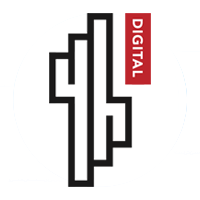F&F; A BOOK REVIEW
F&F; A BOOK REVIEW

I would really be very happy to state that the double Fs in the heading stand for “Food & Fun” in the fashion of dining & wining. However, those two letters constitute an abbreviation designating less pleasant yet unavoidable phenomena of “Fraud & Forensic.” When it comes to audit and finance, any kind of related professional is destined to witness incidents happen to fall under the scrutiny of fraud or forensic oriented investigation. In this post, I want to review a book on the subject written by Tommie & Aaron Singleton and named as “Fraud Audit and Forensic Accounting” (Wiley, 2010.) I am of the opinion that it is a very good resource and reference book concerning the mentioned issues thus I wish my review to be a summary to be opened up through reading by the interested pupils of the subject, like I did.
Any kind of fraud leads to an investigation, scaled and tailored in line with the financial and organizational scope of the incident. Singletons begin their book by providing 6 basic steps in the fraud investigation which are:
Then, they explain the differences in between forensic accountants, fraud auditors, and investigative auditors with respect to their peculiar perspectives as regards measurement, and assessment of the financial transactions in relation to Criminal Code, insurance contracts, institutional policies, or other guidelines. They put forward the most vital questions necessary for fraud auditors concerning the accounting system and internal control system of the organization. To get the right answers one should ask the right questions. I think these are the indispensable questions for any kind of fraud audit engagement:
At this juncture, they cite the main principles of fraud audits of which I find the two principles cited below very important since they underline the specific nature of fraud audit that differentiates it from audit in the general sense:
I hereby try to unwrap certain aspects of the book with the aim of giving a general idea about its precious content, in a nutshell. I honestly recommend this book to anyone interested in the subject. Besides, how people fall into the fraud triangle and how the fraud auditors map the territory within that triangle provide good reading, regardless of professional orientation.

